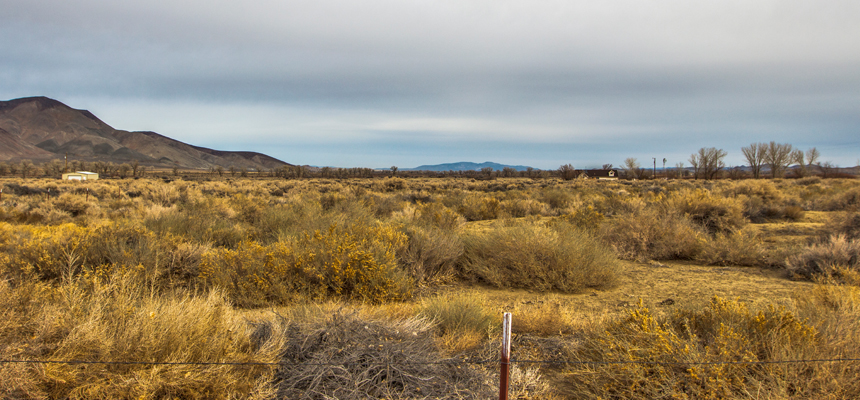Shigatse, or Xigazê, is the second biggest town situated in the South Central of the Tibet Autonomous Region. “Shigatse” in Tibetan means the “Estate that fulfills one’s Wishes”. It lies on the ancient caravan route between Lhasa and Kathmandu and is a one of the most important trade centers in Tibet, distributing goods (mainly agriculture and husbandry products) between Lhasa, Nepal, Western Tibet and China (Xinjiang) and Kashmir (North-West India). Shigatse is overlooking the confluence of the Nyangchu River and the Yarlung Tsangpo River which makes the the soil around Shigatse very fertile and productive.
To the north-east of Shigatse, the Konkaling monastery is situated, but the most famous monastery is located in the south-west and is called the Tashilhunpo monastery, the traditional seat of the Panchen Lama, the second most important high priest in Tibetan Buddhism after the Dalai Lama. The monastery houses 3300 priests and the many houses and temples are surrounded by the Thanka wall. Between the monastery and the city is the Thom; a bustling ‘free’ market where one can buy local handicrafts embedded with coral and turquoise, Tibetan daggers, Chinese porcelain and yak butter. The market lies at the foot of the ruins of the Shigatse Fortress, a large 17th-century fort standing on a low hill to the north-west where a garrison of 1000 Tibetan soldiers is stationed. The Shalu monastery is situated 20 kilometers southeast of Shigatse and is a perfect stop on your way from Shigatse to Gyantse.
Tashilhunpo Monastery:
Tashilhunpo Monastery is the biggest Gelugpa Monastery in the Tsang region of Tibet. It is located in the town of Shigatse and was founded by Gedun Drup, a disciple of Tsongkapa, the founder of the Gelungpa Sect. Gedun Drup is recognized as the first Dalai Lama and he built the monastery in 1447 as a seat for the Panchen Lama, who is regarded as the reincarnation of the Buddha of Endless Enlightenment. After 1447 the monasteries has been continuously expanded by the successive Panchen Lamas. The Ngagpa College (Tantric College), one of its four monastic colleges, is the residence of the Panchen lamas. The most amazing image in this monastery is the statue of the giant Maitreya (Future Buddha) erected by the 9th Panchen Lama in 1914. It took four years to build this monumental statue, which stands twenty six meters high and is composed of 275 kg of solid gold, and a great quantity of precious things such as pearls, turquoise, coral and amber. The 4th Panchen Lama’s funeral stupa was built in 1662 and it stands eleven meters high and is covered in solid gold and silver.
The monastery is surrounded by a wall and within its conTours there are numerous temples and houses, holding 3000 priests. Some of the larger temples are being decorated with gilded spires and the numerous idols and religious objects are enriched with a great wealth of jewels.
Shalu Monastery:
Shalu Monastery:The Shalu Monastery, located within the Salu village, was built in the year 1087 by Jigzun Xerab Qoinnyai. He wanted to construct a new monastery and went for advice to his teacher who told him that the monastery should be built where a shooting arrow fell. The arrow fell in a new bud (of a flower) which gave the monastery its name: ‘Shalu’ which means ‘new growth of tender leaves’ in Tibetan language. The architecture of the monastery resembles a Chinese Yuan Dynasty temple. It was destroyed in an earthquake and has been renovated by many different Chinese artists which makes it a rare and unique work of art, combining features of both the Tibetan and Han dynasties which is visible in the many murals as well.
The monastery consists of two floors and holds various relics and religious objects and has four treasures. The first one is a printing board of Buddhist scriptures made of 108 blocks of sandalwood. The second is a holy jar made of brass. Legend says that is the purest water in the world and that the water can cure 108 kinds of diseases and wash away dirt and filth. The third is a stone tablet inscribed with six characters. The corners are engraved with four small pagodas, and it is said that the tablet bore the six characters when it was unearthed during the construction of the monastery. The fourth treasure is a huge basin made of stone. Jigzun Xerab Qoinnyai has washed its face in the basin and it is said that it would never overflow not even on the rainiest day.


Comments